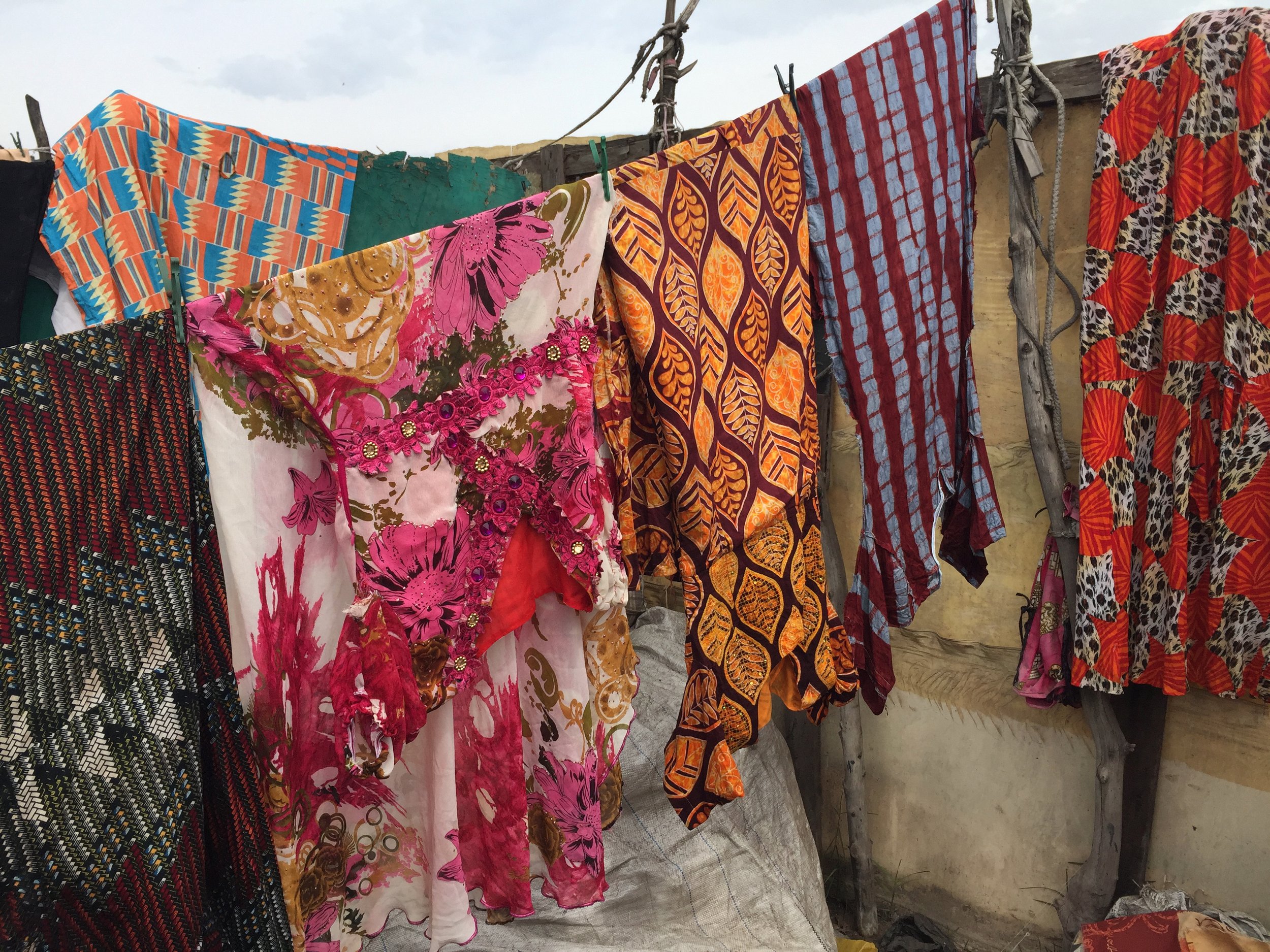The World’s Women 2010: Trends and Statistics
The World's Women 2010: Trends and Statistics released on October 20th by the United Nations highlights the latest data documenting the progress of women worldwide in eight key areas: population and families, health, education, work, power and decision-making, violence against women, environment and poverty. This global statistical report, is produced every 5 years by the United Nations Statistics Division, providing official statistics and impartial data to policy-makers at the national, regional and international level.
The Director of WIEGO’s Statistics Programme, Joann Vanek previously led the development of the programme on gender statistics at the United Nations and co-ordinated the production of the first three issues of The World’s Women: Trends and Statistics. Joann Vanek contributed several sections to Chapter 4: Work of the 2010 edition related to informal employment. The chapter is a good resource for the most recent statistics on employment, presented in a user-friendly format and includes a section on informal employment.
También disponible en español.
View list of all: Books & Book Chapters
Go to Publication(this link opens in new window)